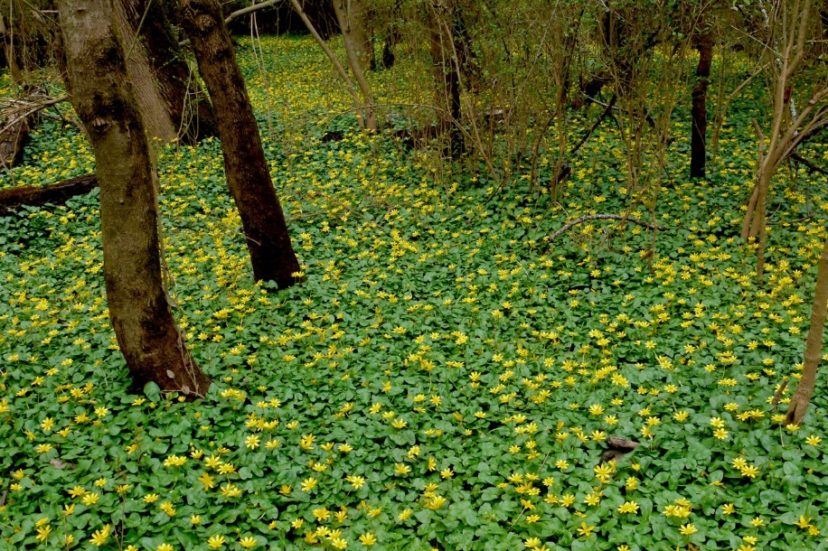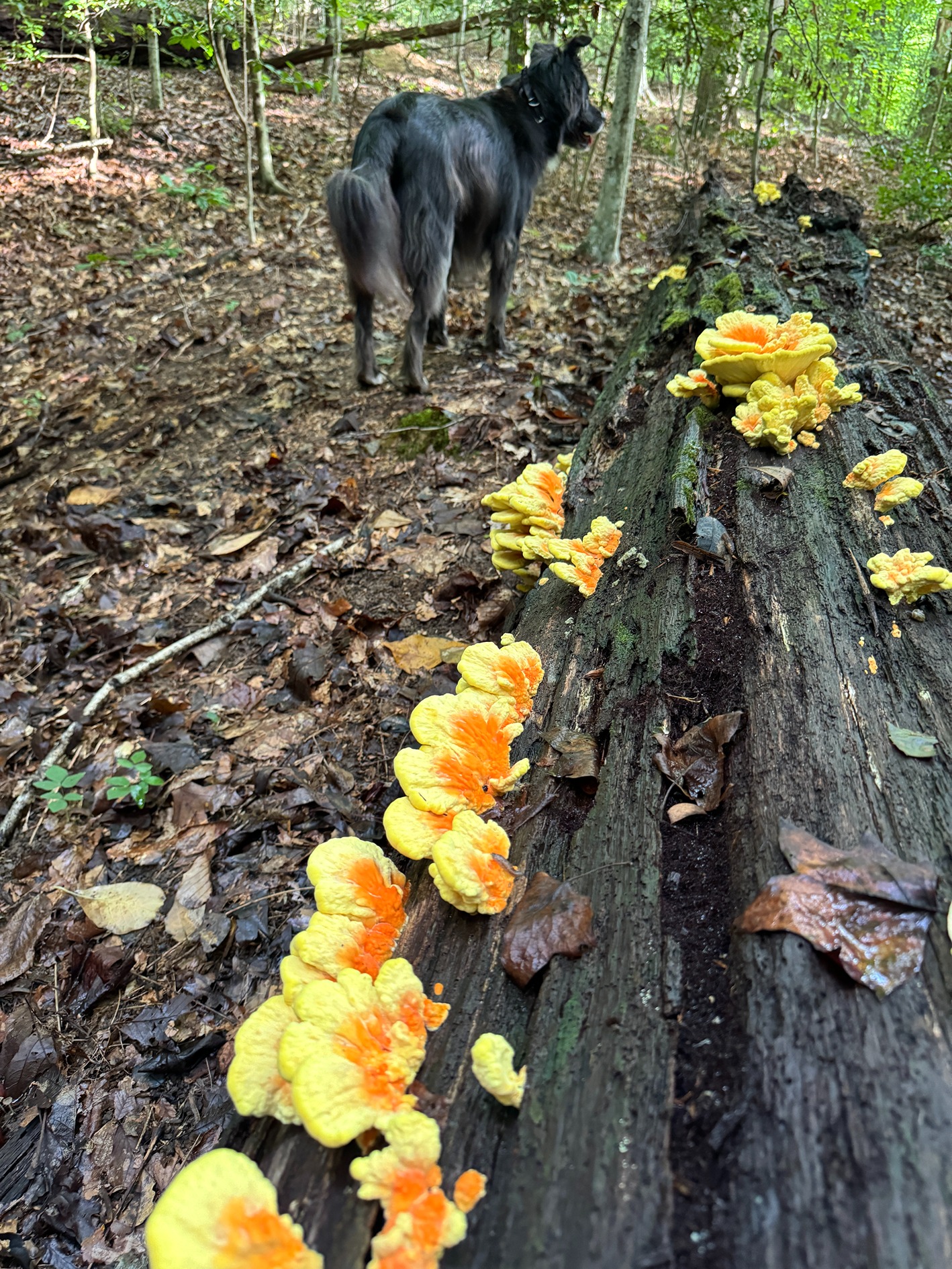
EDITOR’S NOTE: This article is the first in occasional series from members of the James River Park System Invasive Plant Task Force.
Some of the earliest signs of spring in Richmond are downright ominous for those who know how to read them. The pretty yellow flowers of Fig buttercup (Ficaria verna) are one of those unwelcome harbingers. If this early-blooming perennial has popped up in your yard, you will want to take action to prevent its spread into our urban woodlands, including the James River Park System.

Fig buttercup (also commonly known as “Lesser Celandine”) is an invasive plant introduced from Europe. The USDA ranks it as a high-risk weed and several states have banned its sale. Like all invasive plants, it is highly successful at aggressively reproducing and spreading, wiping out our diverse, indigenous native plants, particularly spring wildflowers like bloodroot, spring beauty, and trout lily. The James River Park System Invasive Plant Task Force, with grant-funded professional assistance is currently treating Fig buttercup invasions in The Wetlands section of the park and needs your help to curb the spread.
Some identifying features of Fig buttercup:
Its stems and leaves emerge as “basal rosettes” in late winter.
It resembles common buttercup and has shiny, dark green, heart-shaped leaves with netted veins on their undersides. Yellow flowers have varying numbers of petals. You can find a detailed guide to identification here.
Ficaria verna favors full sun and riparian zones (areas adjacent to rivers, streams, lakes,
and ponds) but also thrives in shady woods and lawns.
It forms vast, solid mats that choke out native flowers, grasses, and shrub and tree seedlings.
After blooming, the above-ground plants quickly disappear by late May or early June.
It reproduces and spreads through multiple means, primarily underground tubers and bulblets.
Richmonders have an opportunity with Fig buttercup that we didn’t have with many other now dominant invasive plants like English ivy: we can check its spread and protect our park system’s urban forest and the native plant communities that struggle to survive in the midst of an overwhelming abundance of invasive plants (there are approximately 50 identified invasive plant species throughout the JRPS and they are the dominant vegetation in much of it).

Ficaria verna is far trickier to manage than vines like ivy or shrubs like privet. The treatment window is short, and management must occur in late winter or early spring. Well-intentioned removal attempts can instead contribute to its spread. Hand-digging scattered, individual plants is possible, but must be done carefully to ensure removal of all underground parts of the plant.
Treat these like toxic waste: securely bag and place in the garbage. Large infestations require the judicious use of a wetlands-approved herbicide; treatment must occur soon after the plants emerge, never late in the flowering period because of risks to native plants and amphibians, and according to specific weather conditions. Only trained applicators should undertake this work and should strictly follow the prescribed treatment for Fig buttercup. The Upstate Chapter of the South Carolina Native Plant Society and Virginia’s own Blue Ridge PRISM both provide excellent guidance.
If you would like more information about the impact of invasive plants on our park system, please visit the JRPS Invasive Plant Task Force website.


